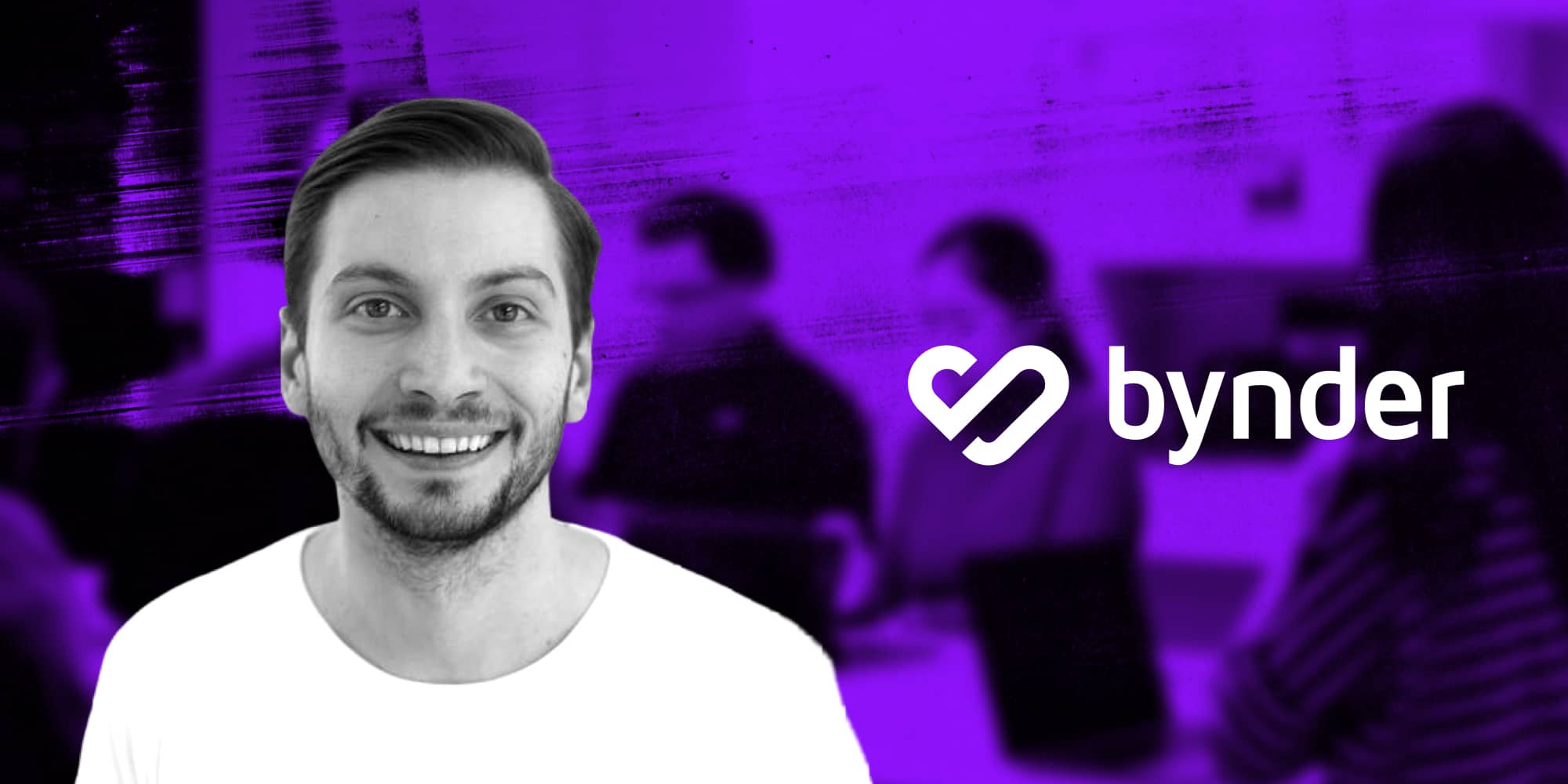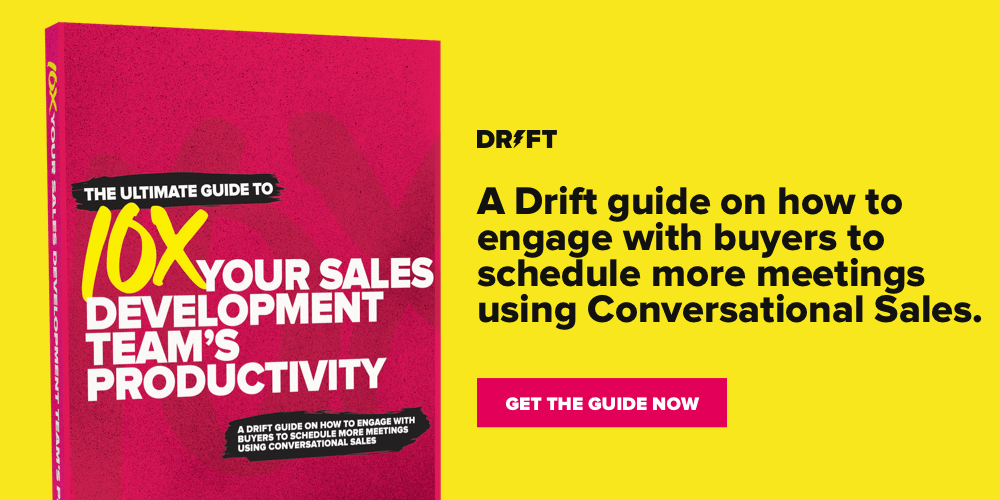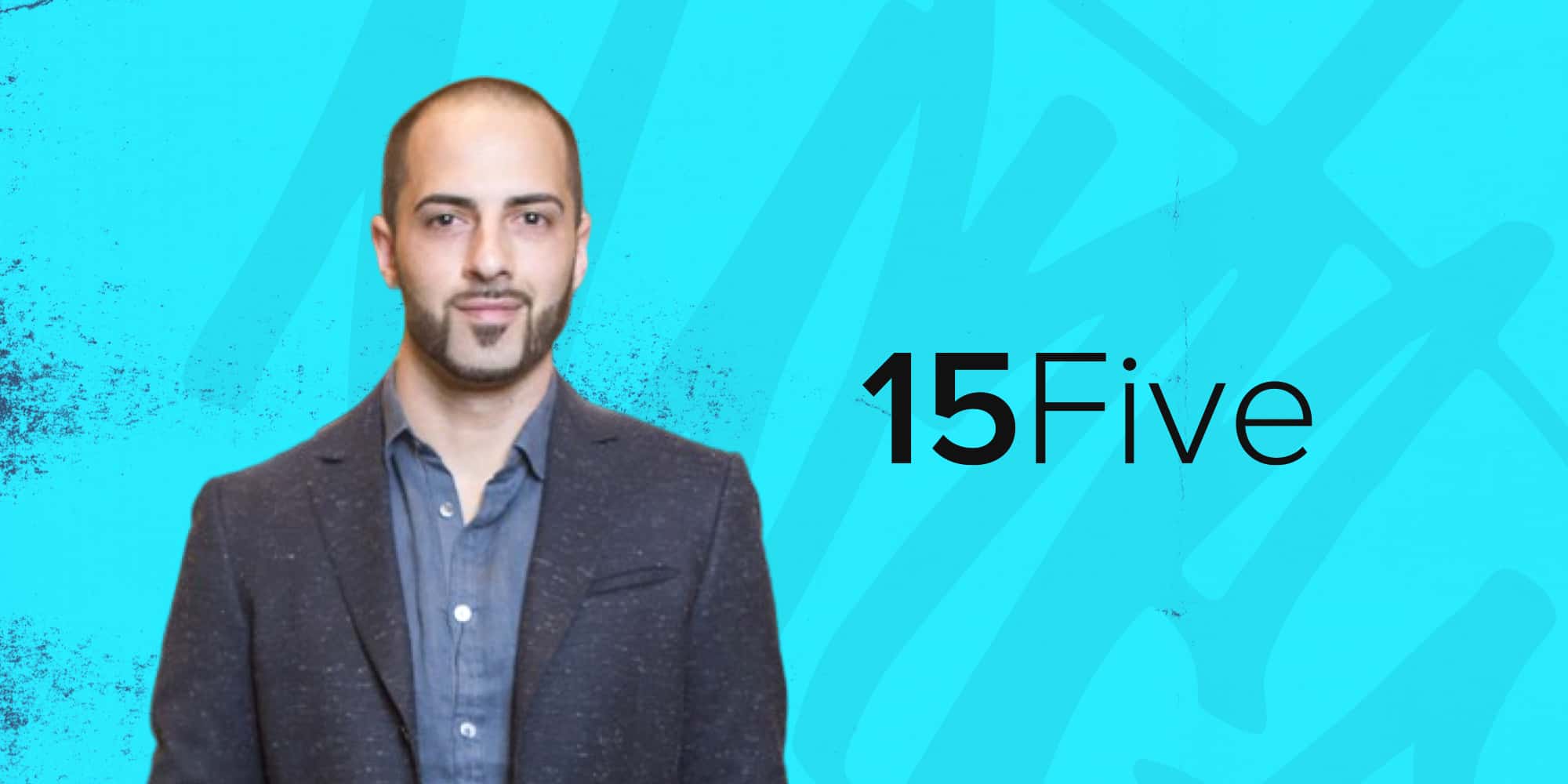
It’s been two years of using Drift, and I can honestly say that my initial enthusiasm for the platform has only grown. Overall, Drift is now directly responsible for driving $1.1 million in annual recurring revenue and approximately 20% of all our deals. Being able to have conversations in real-time has made a huge difference in our growth.
Our strategy has evolved a great deal since we first implemented Drift in the spring of 2018. We started with a trial-and-error approach, but our initial experience has helped us to be more strategic about how we use Drift. In addition to getting more refined in our use cases and more polished in our execution, we’re also starting to explore integrating new tactics and tools.
We did have to clear a few hurdles, including managing the cultural shift required to move from a form-based workflow with a 24-hour lag time to real-time engagement through live chat. But, it didn’t take our teams long to realize the value of having conversations with prospects in their moment of interest.
In fact, we’ve learned that timing really is everything, and we have the stories to prove it.
There was the time, for instance, that we landed an $88,000 deal (roughly €80,000) because we were able to respond immediately to a prospect while they were sitting in a competitor’s demo.
We might not believe it if it hadn’t happened to us.
Discovering the Value of Conversations
Bynder helps teams professionally manage their digital files. We get everyone on the same page for real-time collaboration and approvals, easy file sharing and storage, and other features that are central to managing a company’s content assets, materials, and messaging. We’re a global company with a B2B target audience, specifically marketers, creatives, CMOs, and other similar positions at companies all around the world.
I’m based in the UK and am responsible for the demand generation side of our digital marketing team here in the UK. I’m also in charge of Drift for the UK, the EMEA region, and other global markets. In the EMEA, I’m supported by locally situated colleagues who help with localizing and adapting our French, Dutch, and German playbooks.
As I mentioned, our initial strategy was driven by trial and error. We started out very simply with playbooks that were basically just replacing forms. In those early scenarios, the prospect would provide information via a chatbot conversation, but our agents wouldn’t get involved until after the conversation had ended.
We quickly realized, however, the value of having actual conversations with people while they were on our website – chatting with them in real-time when they were most interested in hearing from us. Eliminating the time delay between a prospect’s inquiry and our response became our guiding principle. Every playbook we developed and every optimization we made was designed to shorten our time to conversation.
Building a Strategy and Adapting to Change
Our primary playbook is the one on our homepage. This simple bot is the same for everyone. It offers visitors quick access to the most requested information and actions: pricing, a demo, or a live chat. We have implemented other playbooks on other pages, but the homepage receives the most traffic, so it has been the most effective.
While our approach is simple and streamlined, it did take some iteration to get there. We tested quite a few different messages to find one that was “just right.” We currently open conversations with, “Hi there! I’m here to route you to the right Bynder info & human beings! What brings you to Bynder?” followed by five options: product info, questions, customer support, preferring to browse, and applying for a job. So far, this playbook does a great job of covering all the bases for us.
Another nuance we needed to address is how to handle different languages. As a global company, we serve customers from many different countries. When needed, we customize our bot experience and our routing based on a visitor’s native language. In addition to English, our playbooks are available in Dutch, German, and French. We also route chats to different reps depending on which website a visitor is coming from (we have a different URL for each country). And, if a visitor comes through our English website, but they originate from another country, we route them to a rep who can speak both the country’s native language and English.
It sounds like a rather complex process (and it does handle many different possible scenarios), but we were actually able to configure everything in-house. It was pretty easy, and only took a little bit of experimentation to get it right.
Apart from the logistics of setting up playbooks, there were two big cultural and conceptual shifts that happened because of Drift:
Changing The Workflow To Embrace Real-Time Response
Initially, we had some struggles getting our BDR team to adapt to the new workflow. It was a pretty big deal for them to switch from a traditional, form-based type of engagement to a chat-based approach happening in real-time. The old approach gave them 24 hours to respond to incoming inquiries. The new, Drift-powered approach required more “on-demand” responses.
It didn’t take our team long at all, however, to experience and understand the power of immediacy. Not only do Drift conversations make it possible for our team members to engage with prospects at the most ideal time, but they also help our BDR team focus their time more efficiently by giving them the ability to qualify leads in real-time. In the past, someone would fill out a form to download a whitepaper, and then a rep would follow up 24 hours later with a separate email about booking a meeting. With Drift, our reps can start a conversation the moment someone downloads a whitepaper, and they can use that conversation to determine if there’s deal potential right then and there.
Reps also appreciate the opportunity to engage with site visitors who are further along in their journey. For instance, they get to chat with people who have come to our site to schedule a demo. Using Drift, reps can help these prospects book the demo in real-time and avoid the headaches and delay of the back and forth that typically has to happen across forms and email in order to schedule something.
Shifting Goals To Align With The Conversational Approach
The other big change has to do with how we handle conversations. Initially, our goal was to close conversations quickly and get meetings booked as soon as possible. But we found that the conversational approach requires a different strategy because people often have different needs and different expectations of a conversation.
Based on our early experiences, we switched things up to focus on building rapport. Our revised goal is to provide whatever help is needed – more information or getting the prospect to the right person. Our team is leaning into helping versus, selling. They are showing the people on the other end of the chat that we’re here to help, not to dump them into a meeting as soon as possible. We’re actually having a dialogue and building relationships in the moment.
Looking Ahead To What’s Next
Overall, Drift is contributing to Bynder’s growth in a substantial way. It’s delivering approximately 20% of overall deals, which translates to $1 million in annual recurring revenue with an average deal size of $30,000.
The largest Drift-sourced deal to date clocked in at $88,000, but even more impressive than the figure was the way the deal went down. The buyer was actually in a demo meeting with one of our competitors when Bynder’s name came up. The buyer started a Drift chat with us while they were in the demo!
We were able to respond immediately (which impressed the prospect in a big way). Long story short, we booked a demo with the prospect immediately after they wrapped up their meeting with our competitor. (We figured, everyone was already in the room, so it made sense to just dive right in.) Less than a month later, we ended up winning the deal – all on the back of that in-the-moment chat.
Drift gives us a very tangible advantage in the marketplace by making it possible to strike while the iron is hot, so to speak. It’s super easy to use and helps us make great first impressions. It has also made a massive difference for us by introducing conversational marketing to our team. It’s very refreshing to be able to chat with prospects so freely and in a kind of informal way. It creates a whole different dynamic with our prospects.
As we look ahead, we’re excited about continuing to expand our use of different playbooks and complementary tools. For example, we’re exploring the potential of incorporating Clearbit to help support our ABM efforts.
For now, being able to initiate chats with Drift is helping our BDR team to hit their numbers more consistently than ever before. I’m so pleased with the adoption and the results. Anything we add on top of the success we’ve already achieved will be amazing.
Georgi Mirazchiev is a B2B marketer with a broad spectrum of marketing automation, demand generation and project management experience in the SaaS industry. He likes to get things done and is obsessed with tracking and automation.






